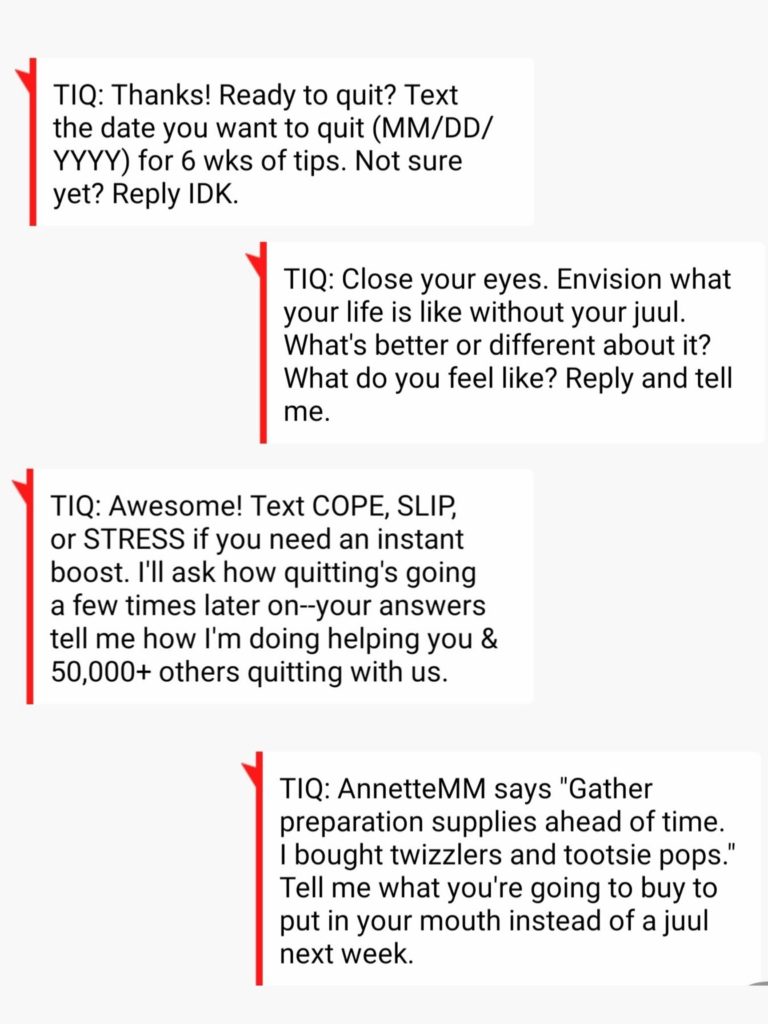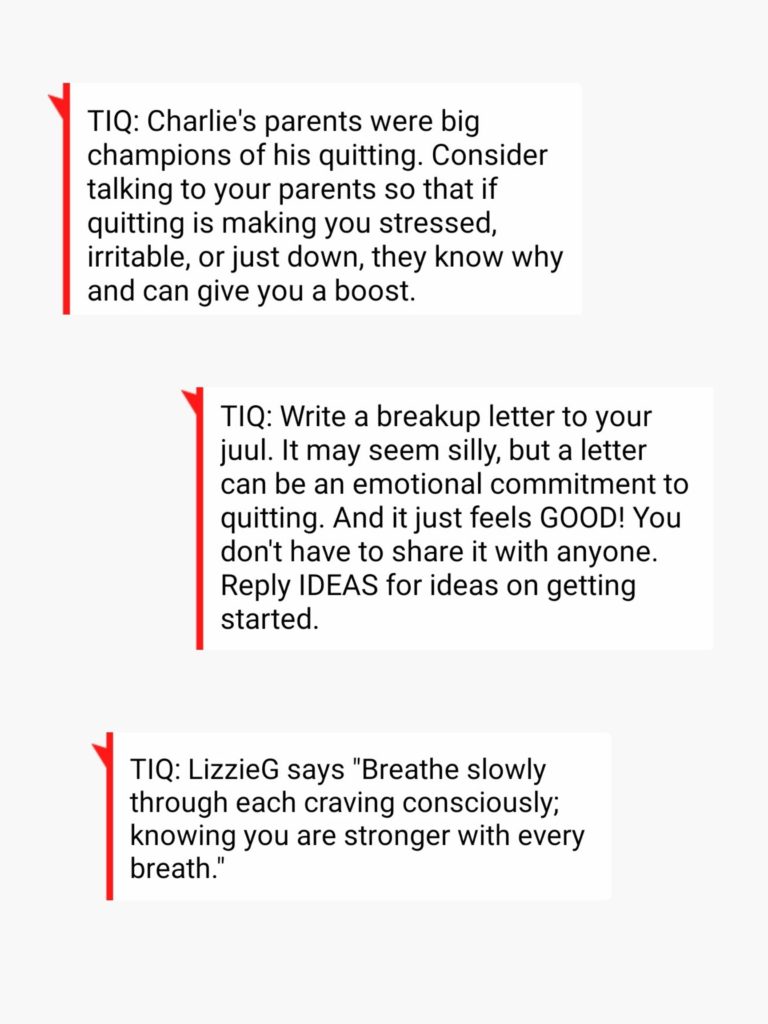You feel it in your head.
A warm, fuzzy and tingly feeling that is just there behind your eyes.
It’s subtle, but there.
“It’s just a good feeling,” said Katie Peacock, a 19-year-old nursing student at the University of Wisconsin-Milwaukee.
That good feeling is a nicotine buzz created by an e-cigarette or vaping device such as Juul.
However, the buzz may bring some serious risks.
As of October 22, there have been 1,604 reported cases of lung injury to the Centers for Disease Control and Prevention from the use of e-cigarette products. In Wisconsin there have been between 55-99 reported cases, according to the CDC’s website.
The recent spotlight on the little-known health problems associated with vaping have caused some people to seek help in order to stop.
Once Reagan Masini started hearing media stories about the hospitalizations of young adults, she got nervous. She was going through one pod a day, much like people who wound up in the hospital. One pod of nicotine is equivalent to 20 cigarettes.

“I felt like my lungs hurt,” said Masini. “Maybe they didn’t and it’s like a hypochondriac kind of thing thinking that something is wrong with me, but it got in my head a little bit.”
So that night, Masini and her boyfriend decided to hold each other accountable and go through the process of quitting together.
Since the cause of recent vaping-related illnesses is not clear, the CDC issued a recommendation for people to cease using any e-cigarette or vaping products.
Helping Vapers Quit
Often, vapers are directed to sources that are intended to help others stop smoking cigarettes, because there hasn’t been enough research on treatment options specifically for vaping.
“Part of that is because until very recently it was extraordinary difficult for researchers in the U.S. to get e-cigarettes and use them either in scientific or treatment studies,” said Dr. Douglas Jorenby, Director of Clinical Services for the UW Center for Tobacco Research and Intervention. “I’m sure it’s only a matter of time before people do start looking at specific treatments related to vaping.”
One non-profit organization taking strides to help teenagers stop is the Truth Initiative, which developed a texting program called This is Quitting.
According to the U.S. Food & Drug Administration, as of 2018 there were 3.62 million users of e-cigarettes among middle and high school students.
This is Quitting was created with feedback from young adults that have attempted to, or have successfully quit e-cigarettes. It is designed to provide age-appropriate recommendations on how to stop, according to the website.
This is Quitting text messages sent to a 21-year-old woman trying to stop vaping.
Users text “DITCHJUUL” to 88709 and then are signed up to receive daily texts that provide either motivation or support throughout the process.
Finding Resources
Although there are some treatment options designed for vaping, most people resort to calling tobacco help lines, buying nicotine replacement products or stopping cold-turkey.
After Katie Peacock bought a Juul her freshman year of college and it died, she started using a disposable vape called Posh. “Then I might have lost it in my room,” said Peacock. “I didn’t find myself thinking about it ever and I was leaving for a trip with my entire family, so I obviously wasn’t going to bring it.”
Upon returning home, Peacock never thought about, wanted or craved it.
“I thought maybe it was a sign,” said Peacock. “I didn’t really plan to stop, I just did. Overall, it worked out for me.”
While certain methods may work for some people, they may not work for others.
I quit cold-turkey. I decided that once this pod runs out, I’m not going to buy any more.
– Reagan Masini
After two weeks, Masini caved and went back to smoking cigarettes, which she started when she was 15 years old.
Of all the people surveyed who smoke cigarettes everyday, more than 40% have tried to quit in the past year, according to the Behavioral Risk Factor Data: Tobacco Use survey conducted by the CDC.
“We know from a lot of years of research that cigarettes are incredibly difficult to quit,” said Dr. Jorenby. Since there isn’t enough research about vaping products, there is no way to tell if it is harder to quit vaping than cigarettes.
Therefore, people who wish to quit need to find the resources to quit themselves.
“People don’t quit things unless they want to quit,” said Masini. “At least I’m self-aware and ideally, yes, I would like to quit nicotine products.”
The advice from a former vaper is to keep track of how long it has been since you’ve last used a vaping device or e-cigarette.
The progress is fun to track because you see how far you’ve come, according to Peacock.





